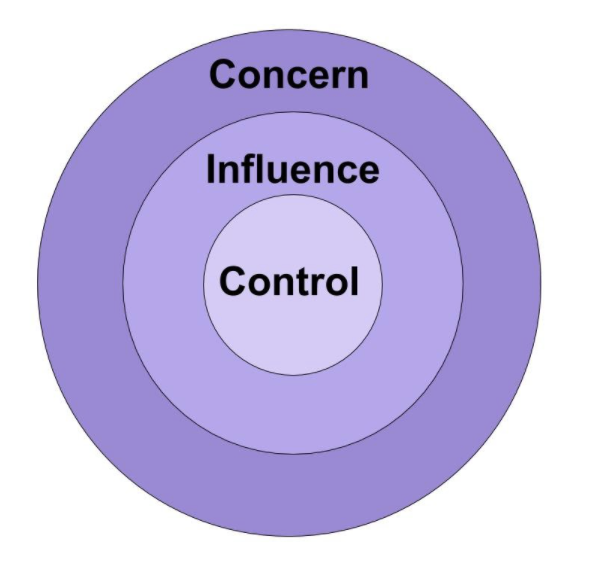Session 49: Barriers, Opportunities, and Commitments
60 minutes
discussion-based
Purpose
The equity focused discussions throughout the week have all been building up to this session where participants will be asked to make a commitment related to equity in CS education. The goal is for participants to leave this session with a concrete plan for how they will make progress towards the goal they have committed to. This plan will be revisited during the academic year workshops.
Objectives
- Identify barriers in their classrooms, school, and teaching practice that limit access, diversity, and inclusion in CS
- Determine which of those barriers they have the power to influence
- Identify concrete and reasonable strategies to address the barriers they have the power to influence
- Describe the commitment they will pursue in support of equity in CS, and the strategies they will use to support that commitment
- Define the support they will need to pursue that commitment.
- Identify the measurement(s) they will use to track progress toward the commitment
Supplies & Prep
Room Setup:
- Participants are seated in pods
Facilitator Supplies and Prep:
Teacher Materials:
- Journal
Agenda
Barriers and Opportunities (25 minutes)
Pursuing a Commitment (35 minutes)
Facilitation Guide
Barriers and Opportunities (25 minutes)
(5 minutes) Concern - Influence - Control
Remarks
Throughout the week we have been reflecting on equity in CS education. Earlier this morning we acknowledged that as CS educators, we all have a responsibility to work towards reducing the CS equity gap. Yesterday we focused on systemic barriers that impact access, diversity and inclusion in CS. We have limited control over systemic barriers, however, we do have control over barriers within our own classrooms and possibly even barriers that exist within our schools.
Facilitator Tip
The graphic shows a visual for the Concern-Influence-Control model. In general, what we are "concerned" about is much larger than what we can "influence" and/or "control". Likewise, what we can "control" is smaller than the things we can "influence". This session is intended to help participants let go of the barriers that they cannot control in order to make space to address the things they do influence or control.
The facilitator uses slides to introduce the concern - influence - control framework highlighting examples at each level.
In order to prompt robust conversation in the upcoming activity, the facilitator shares examples for each category either from their own experience or examples they have heard from previous participants.

Examples:
- Concern - some students don’t have computers at home
- Influence - students are pulled out of CS class for additional services
- Control - students are being exposed to curriculum materials that reinforce stereotypes about who belongs in CS
(10 minutes) Reflection
Prompt: Brainstorm barriers that fit into each of the following categories:
- Concern: things that I am concerned about, but cannot really influence
- Influence: things that I may be able to influence, but I cannot control
- Control: things that I have the power to control
Think-Pair-Share:
- (2 minutes) Think: individual reflection
- (3 minutes) Pair: discuss with a partner
- (5 minutes) Share: table share out
Remarks
Within every barrier there is opportunity for change.
(10 minutes) Opportunities
Prompt: Select one barrier that is within your power to influence and one barrier that is within your power to control. What concrete actions can you take to reduce or remove each of those barriers for your students?
Discussion Goal
During the share out, try to draw out themes that you are hearing and connect those themes to concrete strategies that participants might use to overcome those barriers. This share out will prime participants to make a commitment and a plan.
- (2 minutes) Think: individual reflection
- (3 minutes) Pair: discuss with a partner
- (5 minutes) Share: whole group share out
Pursuing a Commitment (35 minutes)
(15 minutes) 30-60-90 Day Plan
Participants will use page 46 of their curriculum guide to build an equity focused action plan.
Prompt: Consider the opportunities for change present within the areas that you have the ability to control and influence related to access, diversity, and inclusion in CS. What is one commitment you would like to make related to working towards equity in CS education?
- (2 minutes) Think: individual reflection
- (2 minutes) Pair: discuss with a partner
(10 minutes) Prompt: Determine the steps you can take towards addressing the barrier you identified and what you can do to work towards this commitment in:
- the next 30 days
- the next 60 days
- the next 90 days
(10 minutes) Table Reflection
Participants share their plans with their table group for peer feedback. Participants are encouraged to refine their plan based on feedback from their peers.
(5 minutes) Individual Reflection
Prompts:
- How will I know I am making progress towards my commitment?
- What support do I need from my community as I pursue my commitment?
(5 minutes) Group Share Out
Facilitator Tip
There is not time for participants to share their entire plans here. The purpose of this share is for each participant to publicly voice their commitment.